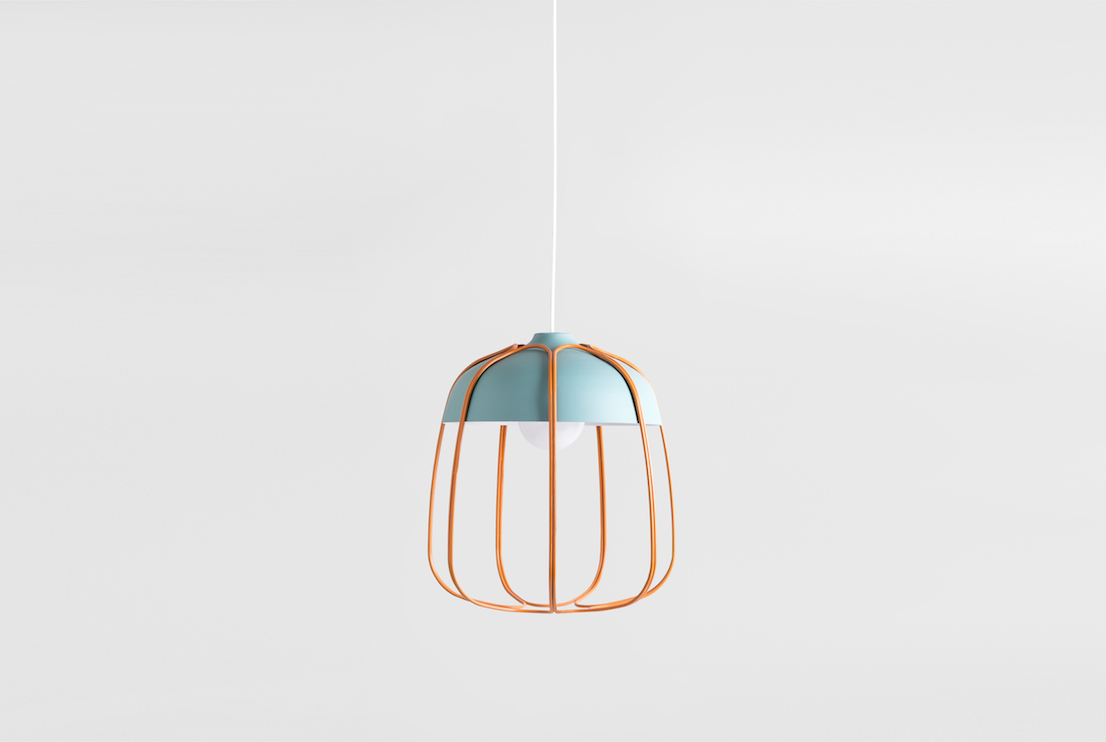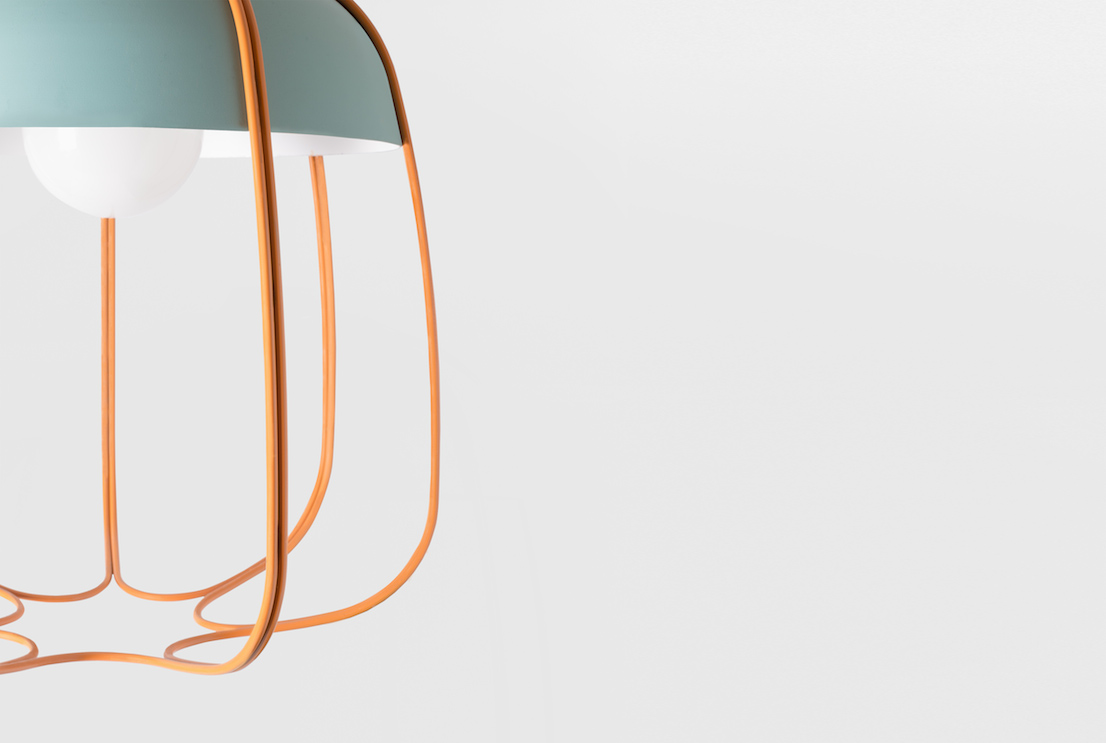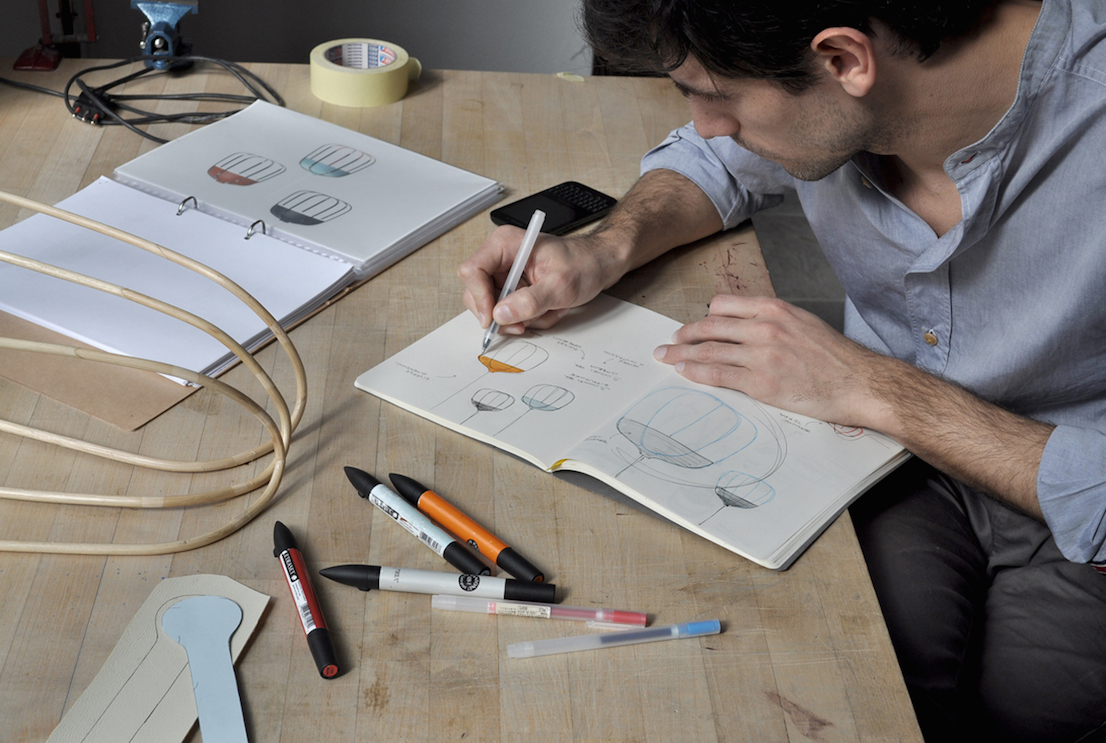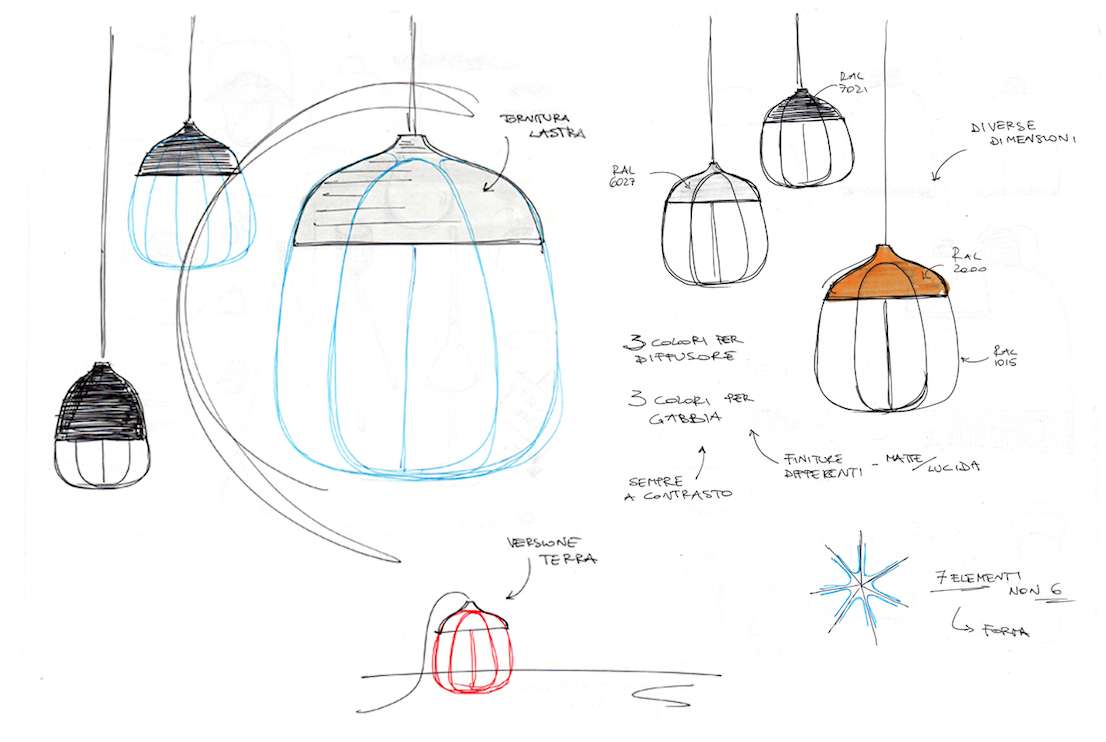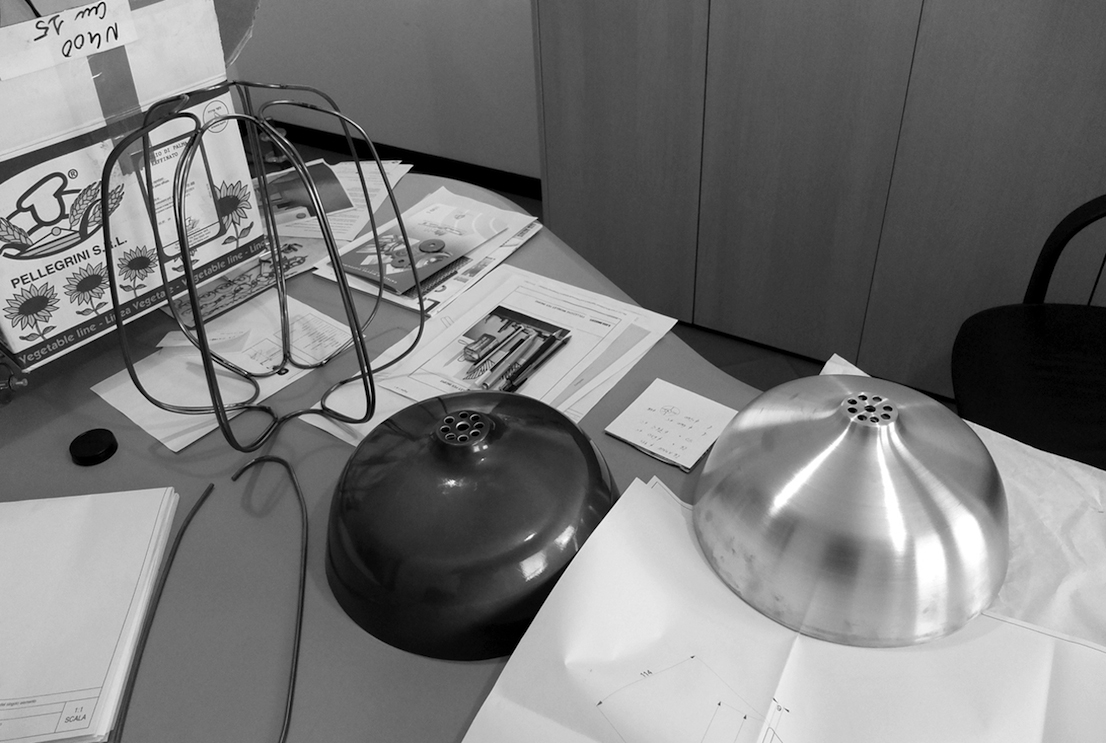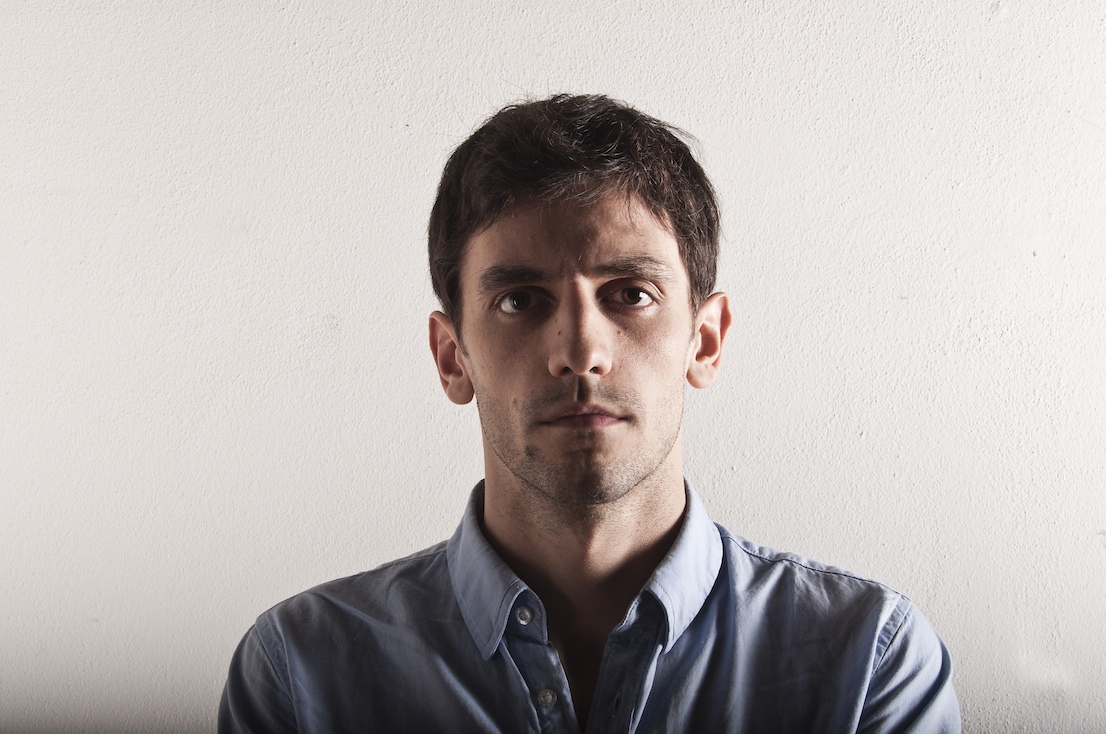8 September 2014
In that masterpiece of design thinking that is Da cosa nasce cosa (1981), Bruno Munari gave his Compasso d’Oro Award to the Unknown to some great classics of industrial production. Objects recognized for their perfect combination of aesthetics and function, rather than for the name of the designer or the manufacturer. Among these icons was the work lamp, which he called a “garage lamp”: essential, ready to be hung on a hook and used as an emergency light source. A direct and pure light, without filters and mediations thanks to the naked bulb, but which is at the same time protected by a grille that forms a cage. Starting out from just this element, Tommaso Caldera has designed Tull for the Incipit company, working in the direction of an intelligent redesign. One of the best lessons of the great designers of the past has been the rediscovery of formal archetypes that can be revived and adapted to new requirements. Castiglioni suggested beginning with the “principal component of the design,” i.e. the part that best represents the sense and function of the object, and then reappraising it. In this case, Caldera has identified that component as the protective cage, which becomes a mark of abstract elegance, as well as a functional element. The rest is done by the color, whose variations have been chosen to create a contrast between the shade of the lamp and the grille, successfully transporting this object, which already has the flavor of a new classic, from the garage to the living room and beyond.
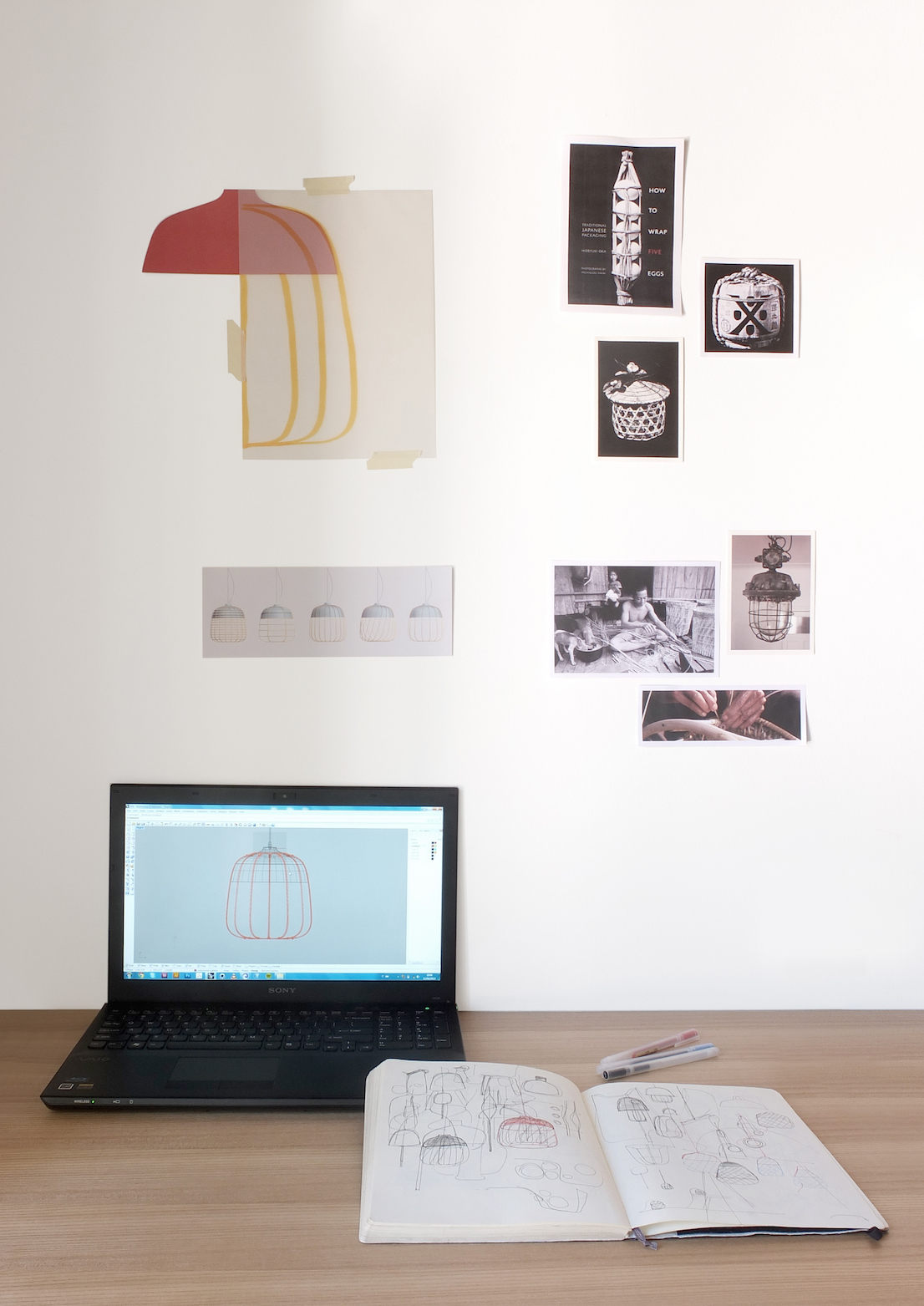
Photos: Matteo Pastorio

